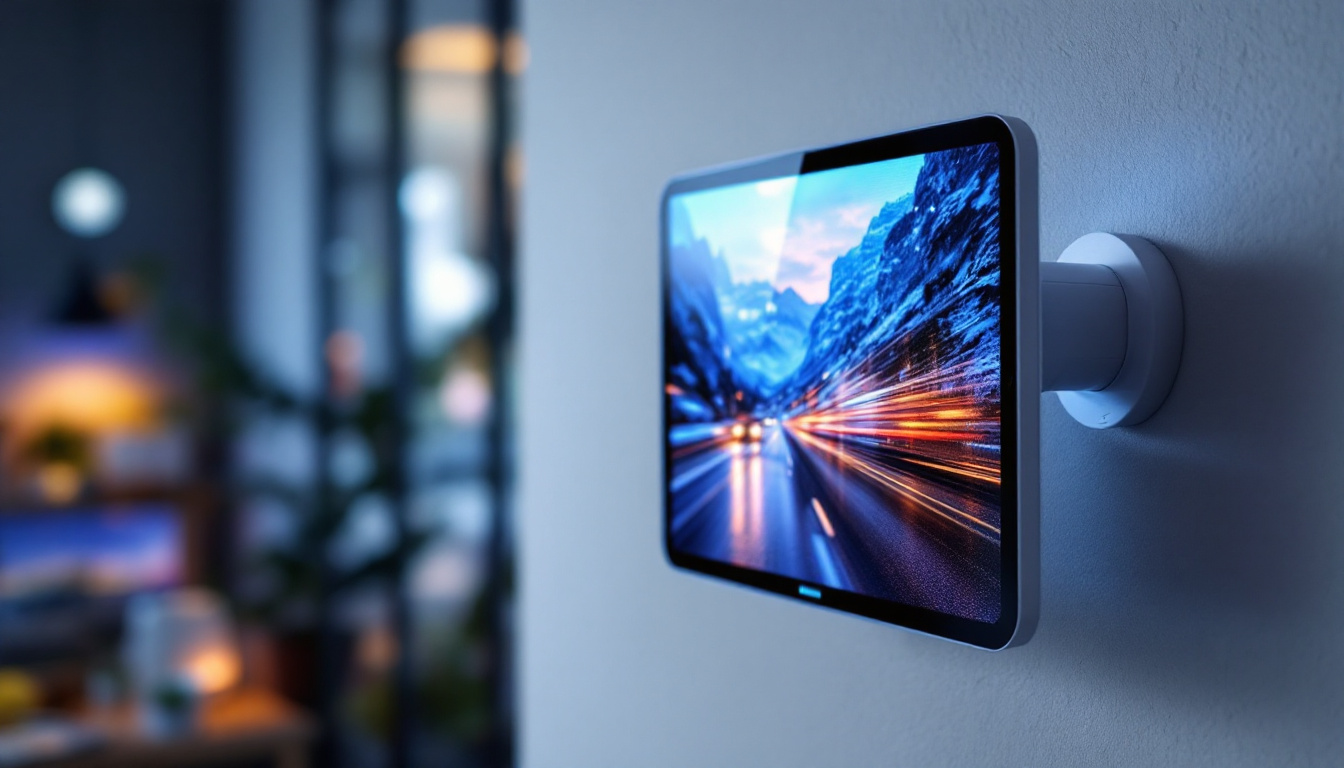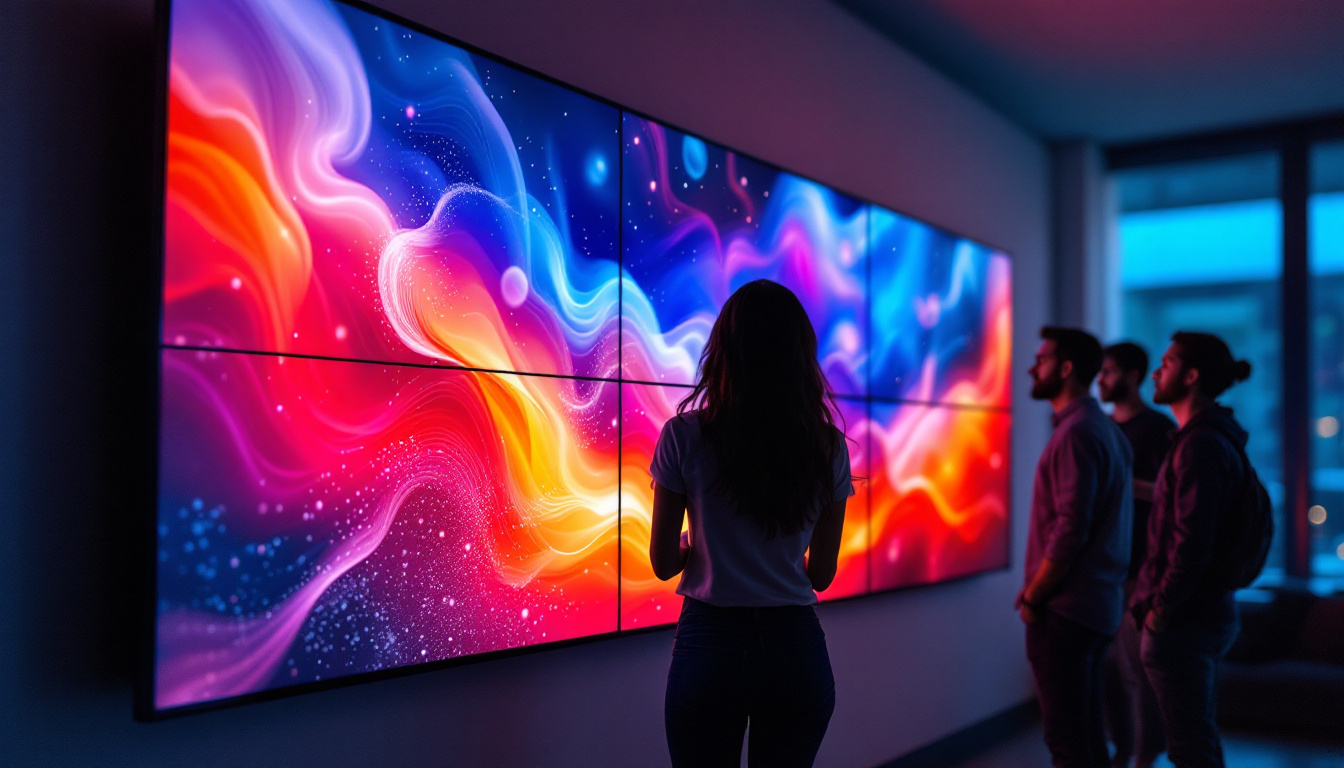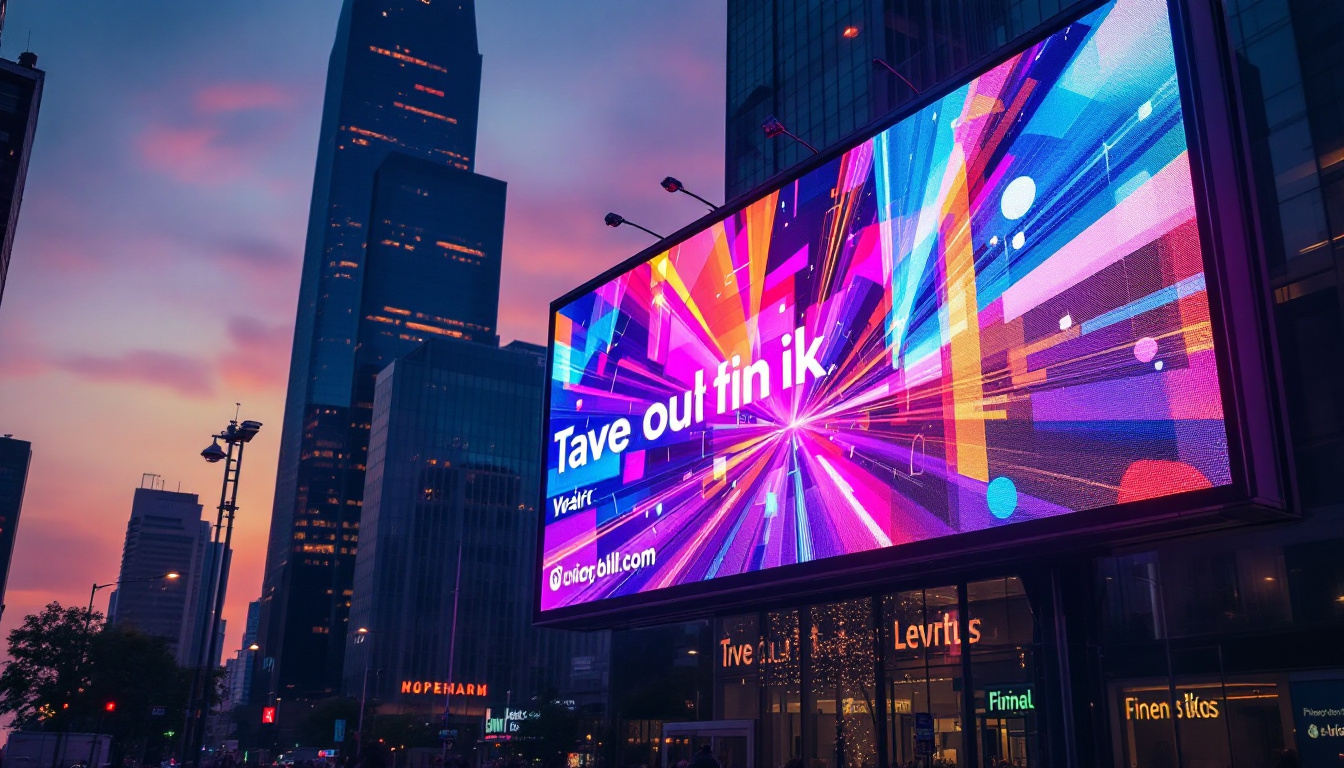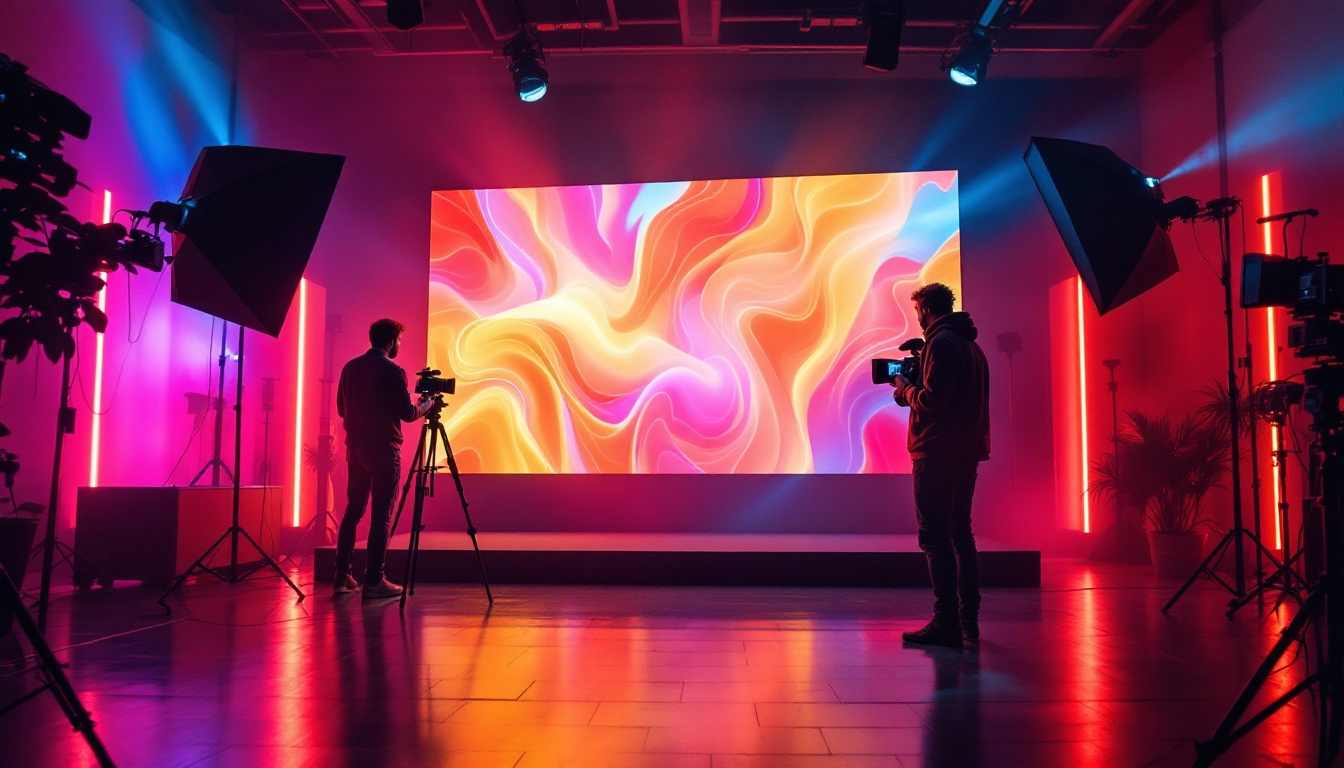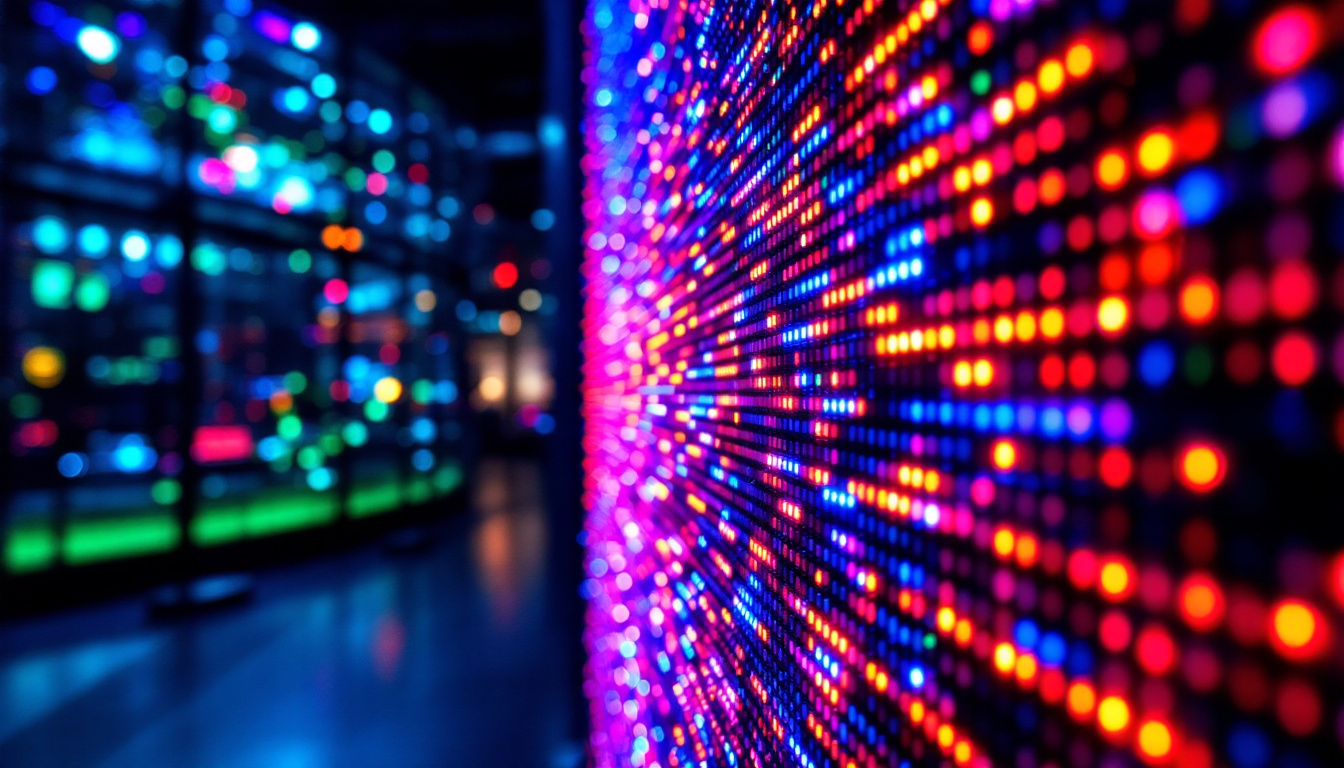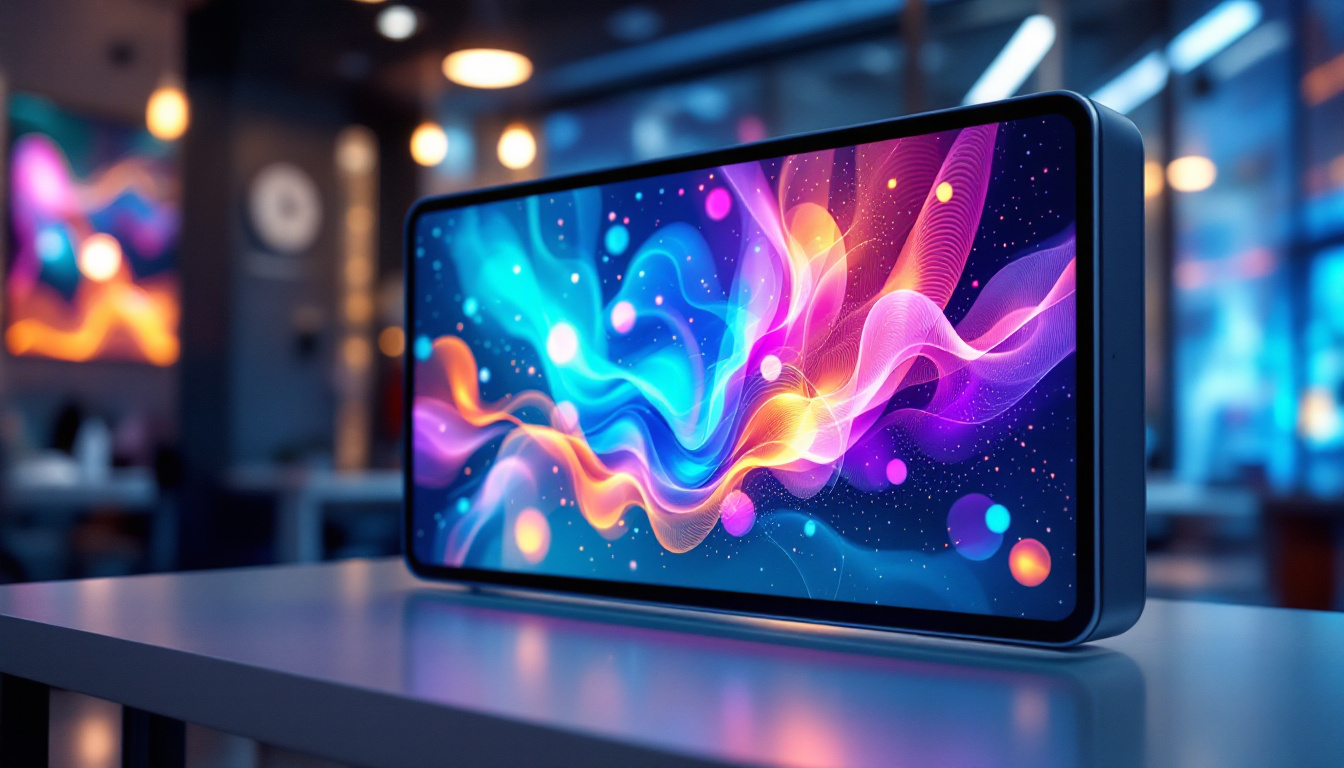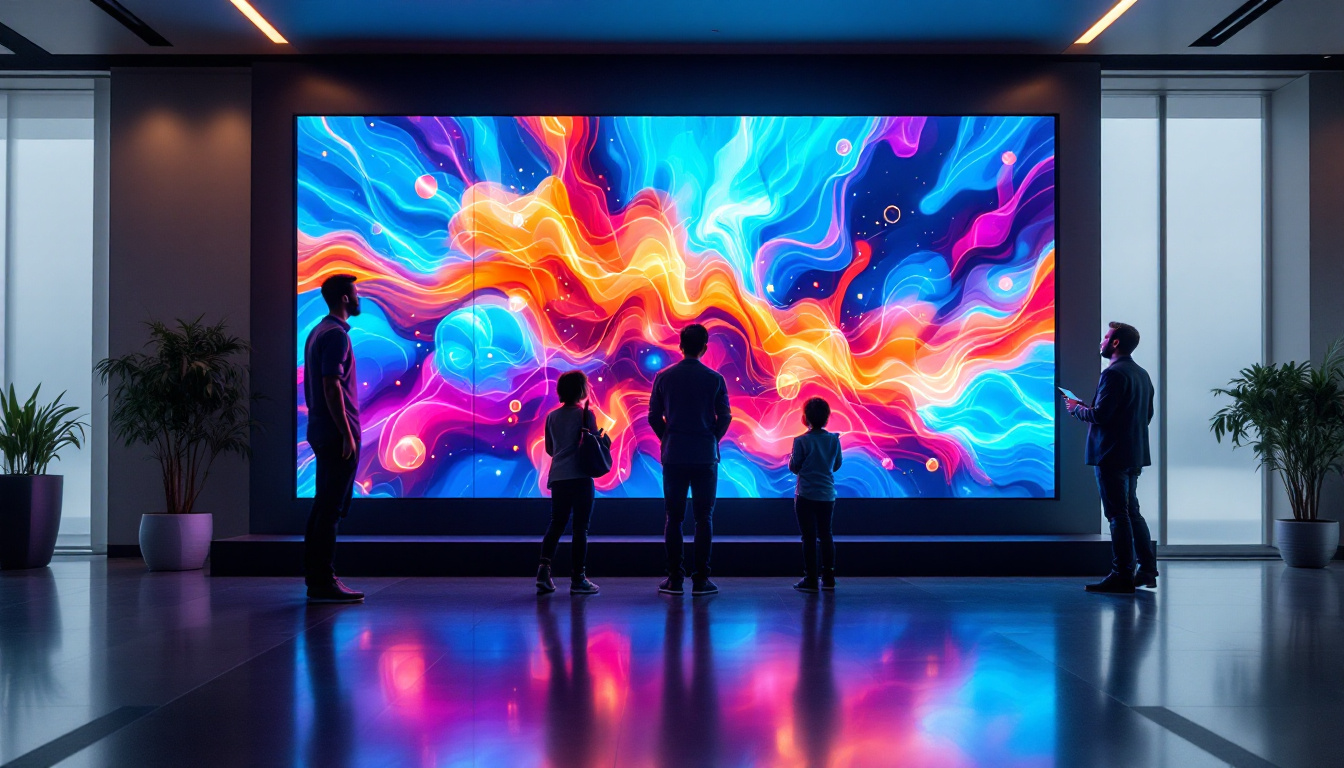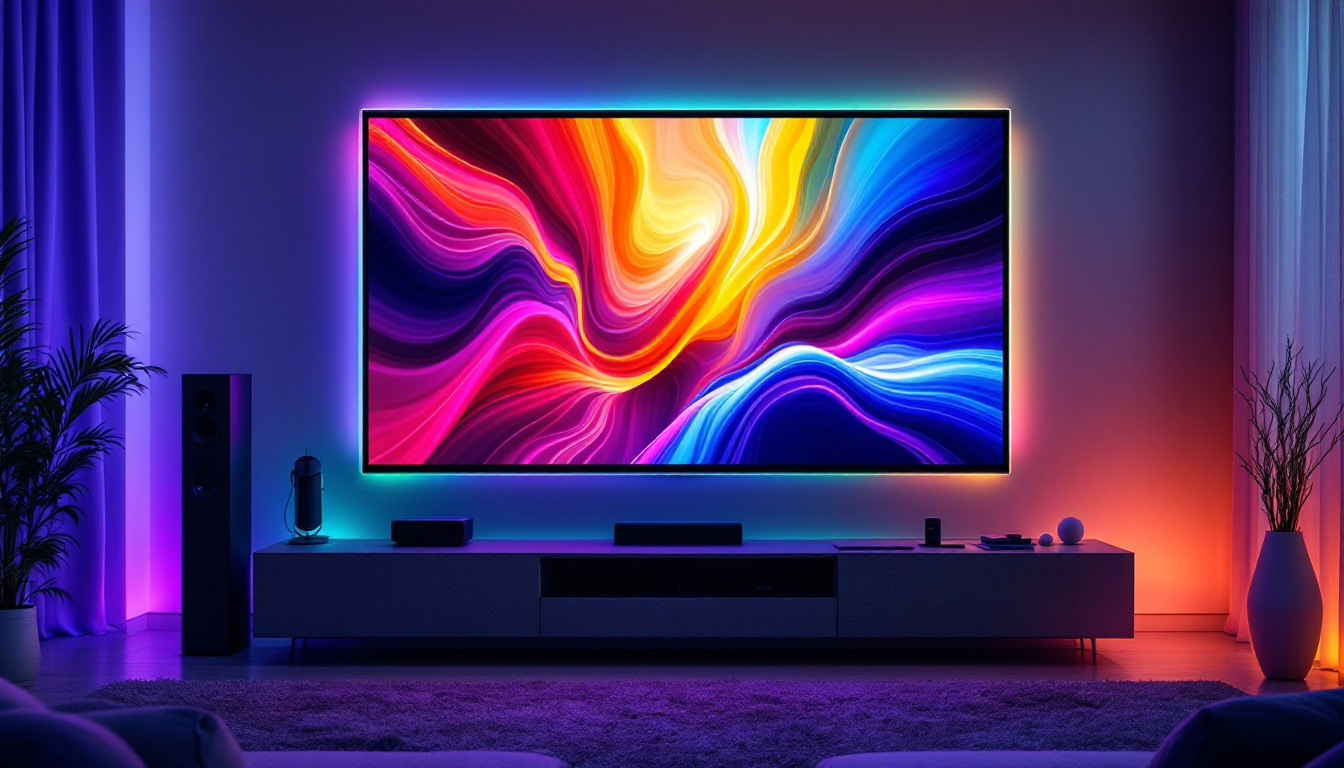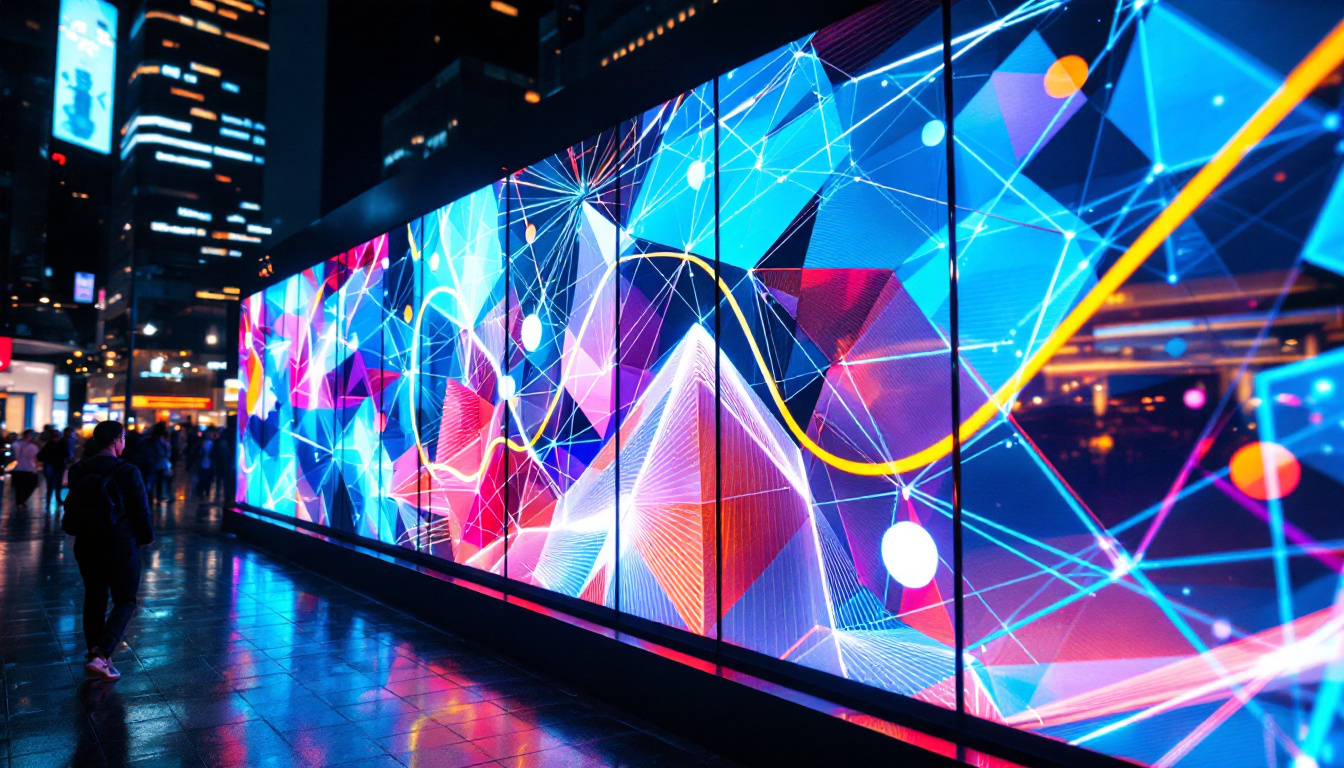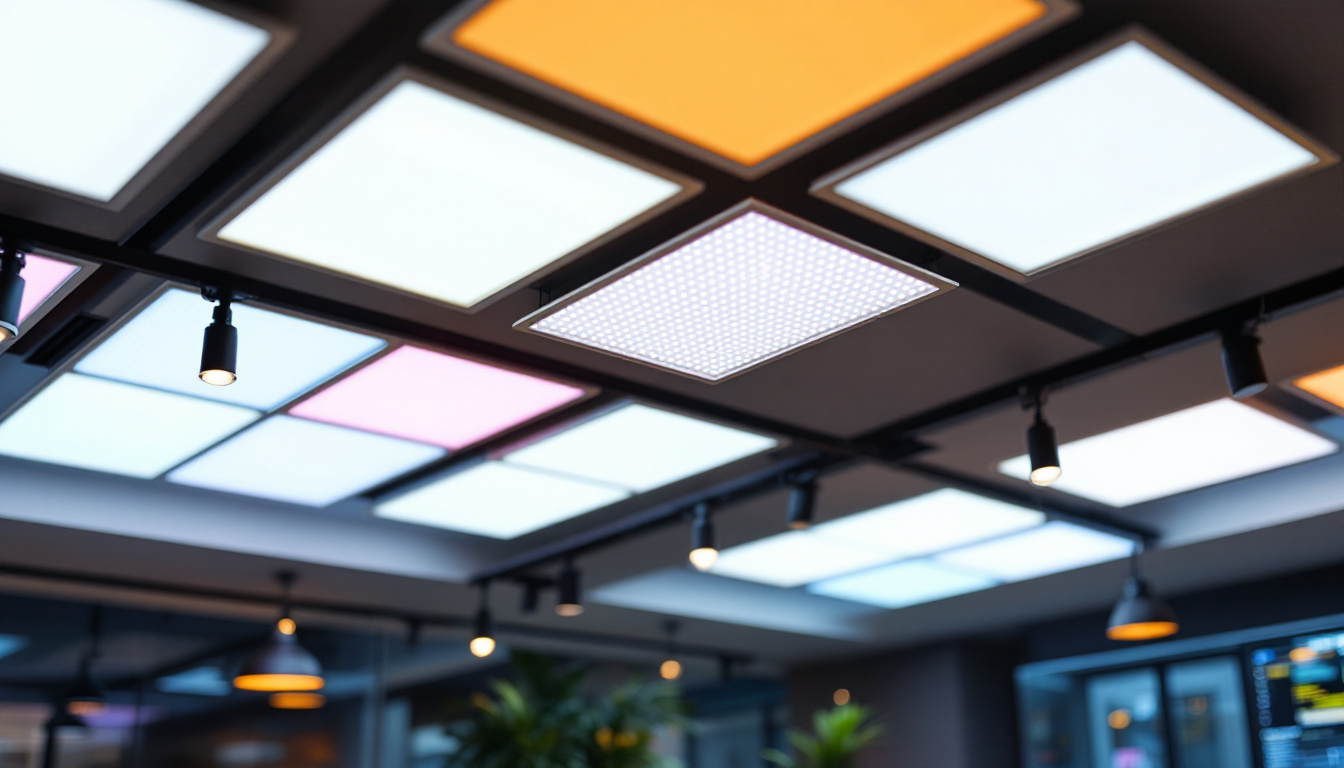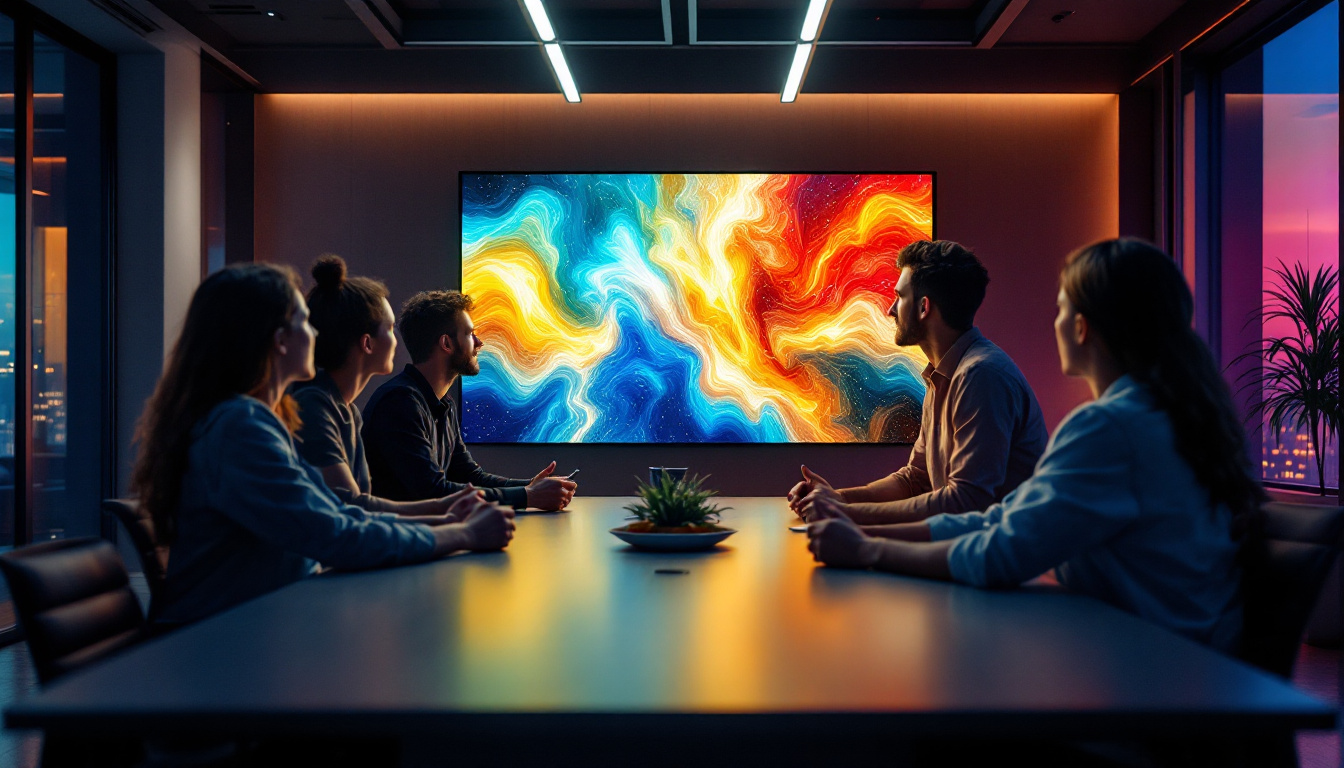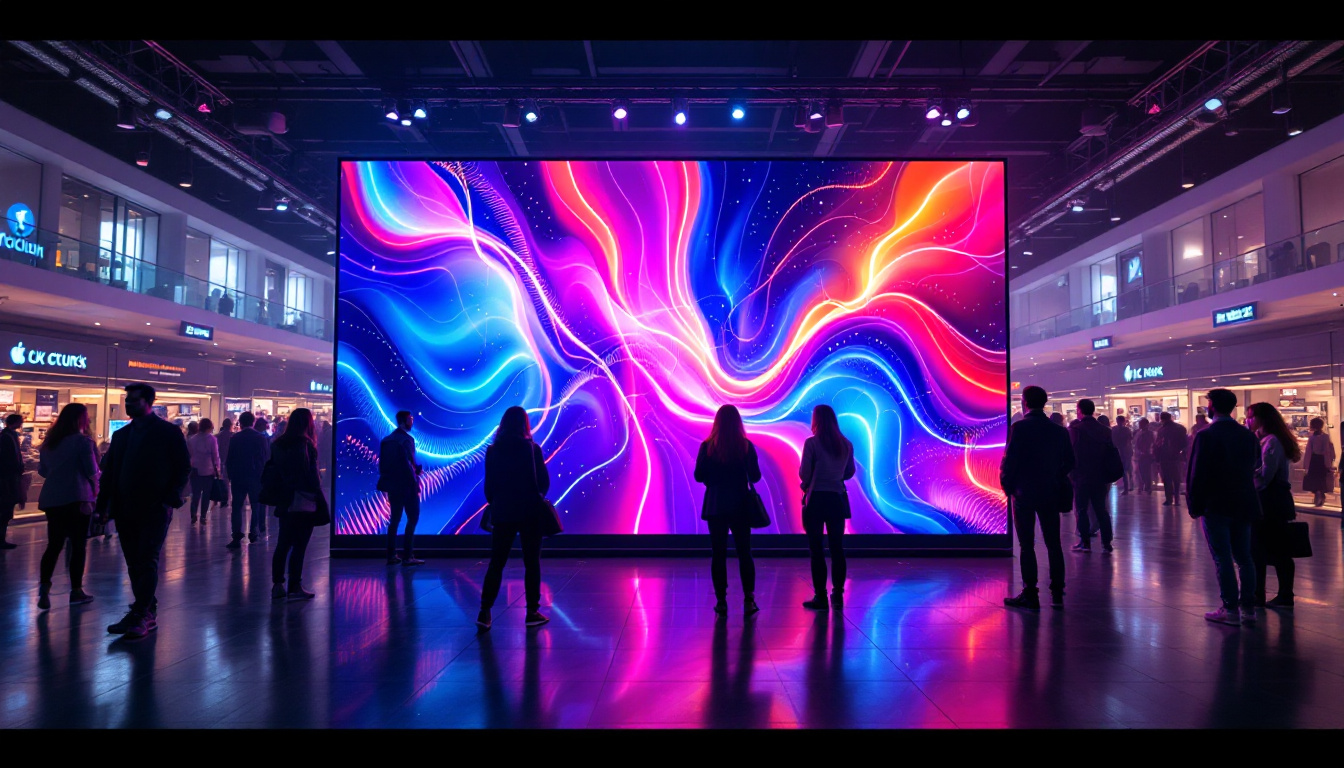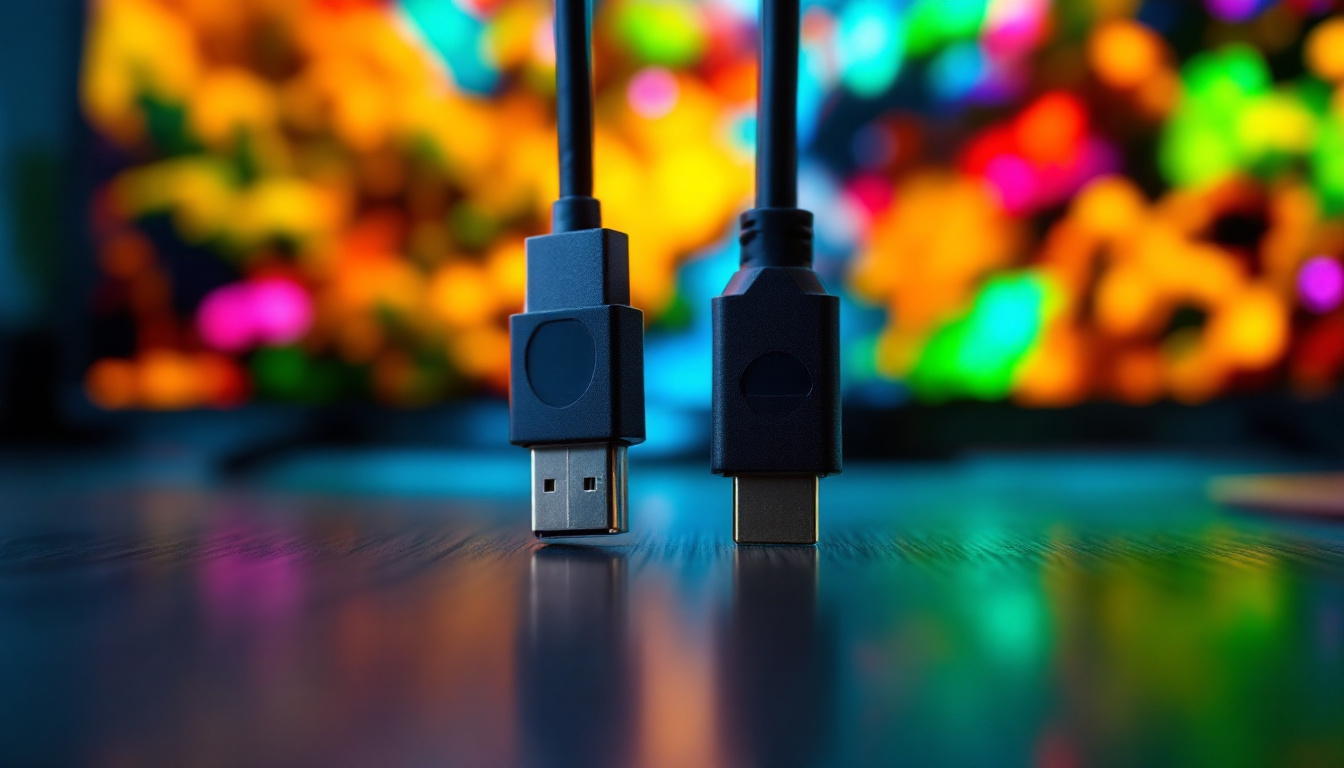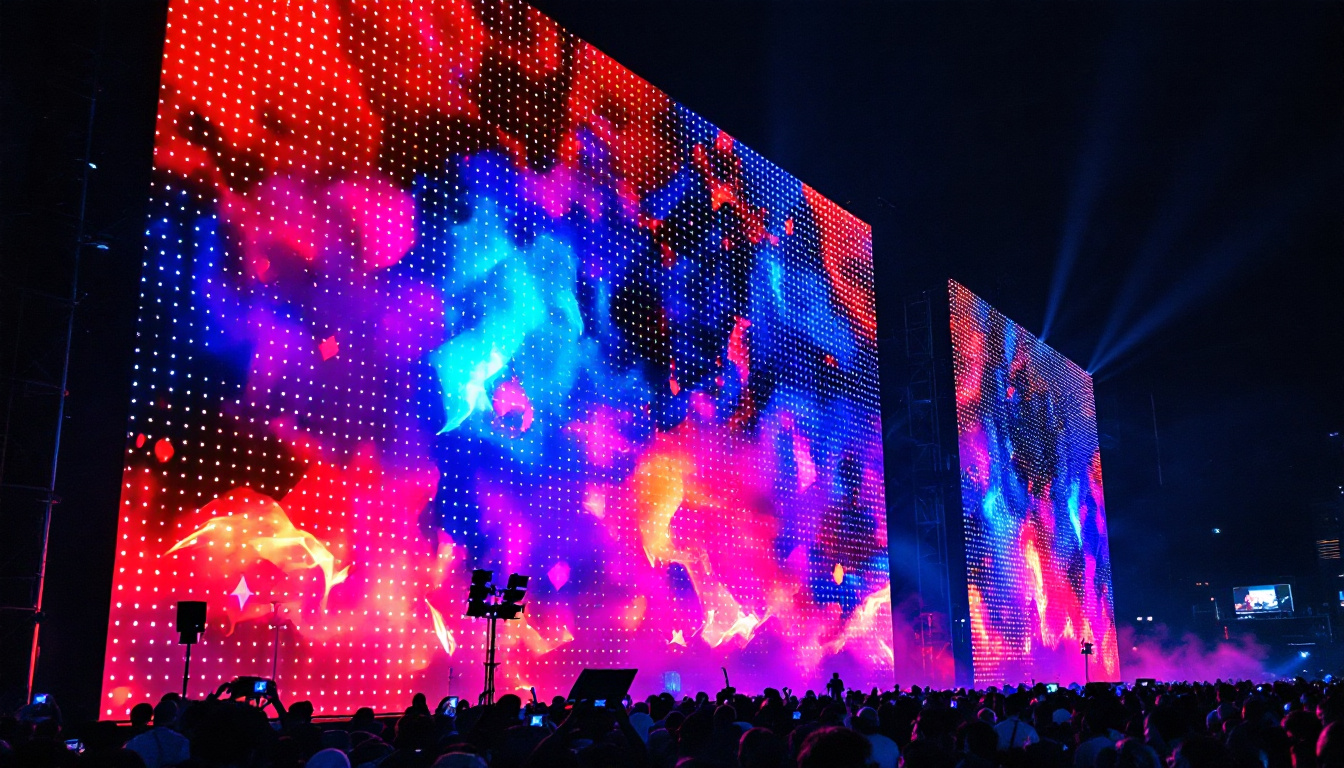3G-SDI Resolution: LED Display Explained
In the ever-evolving world of digital broadcasting and video production, understanding the technical specifications of video formats is crucial. One such specification that has gained prominence is 3G-SDI (Serial Digital Interface). This article delves into the intricacies of 3G-SDI resolution and its application in LED displays, providing a comprehensive overview for professionals and enthusiasts alike.
What is 3G-SDI?
3G-SDI is a standard for digital video transmission that allows for high-definition video signals to be transmitted over coaxial cables. It is part of the SDI family, which includes standards like SD-SDI and HD-SDI. The “3G” in 3G-SDI refers to its ability to transmit video at a resolution of 1080p at 60 frames per second, which is a significant advancement over previous standards. This capability has made 3G-SDI a cornerstone in the toolkit of video professionals, allowing for seamless integration into various workflows, from studio environments to on-location shoots.
Technical Specifications
The technical specifications of 3G-SDI are designed to support high-quality video transmission. It operates at a data rate of 2.970 Gbit/s, allowing for uncompressed video signals. This capability is essential for maintaining the integrity of the video quality, especially in professional environments such as broadcasting and live event production. The standard also includes support for embedded audio, allowing for synchronized audio and video transmission, which is crucial for maintaining the overall production quality.
In addition to its high data rate, 3G-SDI supports various video formats, including 1080p, 720p, and even standard definition formats. This versatility makes it a popular choice among video professionals who require a reliable method for transmitting high-definition video without degradation. Furthermore, 3G-SDI can carry multiple streams of video, which is particularly beneficial in multi-camera setups where different angles and feeds need to be monitored and switched in real time.
Benefits of 3G-SDI
One of the primary benefits of 3G-SDI is its ability to transmit video over long distances without signal loss. Unlike HDMI, which is limited to shorter cable runs, 3G-SDI can effectively transmit signals over distances of up to 100 meters or more, depending on the quality of the cable used. This feature is particularly advantageous in large venues where video signals need to be sent from cameras to switchers or displays located far apart. Additionally, the use of coaxial cables also allows for easier cable management and less susceptibility to wear and tear compared to other cable types.
Moreover, 3G-SDI is immune to electromagnetic interference, making it a reliable choice for environments with heavy electronic equipment. This robustness ensures that video signals remain stable and clear, which is critical for live broadcasts and events. The standard also supports features like loop-through connections, enabling the signal to be sent to multiple devices without the need for additional splitters, thus simplifying setup and reducing potential points of failure. As a result, 3G-SDI has become a trusted standard in various applications, from television studios to concert venues, where high-quality video transmission is paramount.
Understanding LED Displays
LED displays have become a staple in modern visual technology, known for their vibrant colors, high brightness, and energy efficiency. These displays utilize light-emitting diodes to produce images and videos, making them suitable for various applications, from advertising billboards to large-scale event screens.
Types of LED Displays
There are several types of LED displays, each designed for specific applications. The most common types include:
- Direct View LED Displays: These displays consist of individual LED modules that create the entire image. They are often used in large outdoor screens and indoor arenas.
- LED Video Walls: Composed of multiple smaller screens, LED video walls can create a large, cohesive display. They are popular in control rooms, event venues, and retail environments.
- Transparent LED Displays: These innovative displays allow for visibility through the screen while still presenting images and videos. They are often used in storefronts and exhibitions.
How LED Displays Work
LED displays work by illuminating pixels made up of red, green, and blue (RGB) diodes. By varying the intensity of each color, a wide spectrum of colors can be produced, allowing for high-quality images and videos. The resolution of an LED display is determined by the number of pixels it contains, which directly impacts the clarity and detail of the displayed content.
For instance, a display with a higher pixel density will provide sharper images, making it ideal for close viewing. Conversely, displays with lower pixel density may be suitable for larger viewing distances, such as outdoor billboards.
Additionally, LED displays are increasingly being integrated with smart technology, allowing for dynamic content management and real-time updates. This capability is particularly beneficial for digital signage, where businesses can change advertisements or information instantaneously based on audience engagement or time-sensitive promotions. Furthermore, advancements in LED technology have led to the development of flexible and curved displays, enabling creative installations that can fit unconventional spaces and enhance viewer experience.
Moreover, the environmental impact of LED displays is noteworthy. Compared to traditional lighting technologies, LED displays consume significantly less power, contributing to lower carbon footprints. Many manufacturers are also focusing on sustainable practices, such as using recyclable materials in their products and designing displays that are easier to dismantle and recycle at the end of their life cycle. This commitment to sustainability not only benefits the environment but also appeals to eco-conscious consumers and businesses alike.
3G-SDI and LED Display Integration
The integration of 3G-SDI technology with LED displays has revolutionized the way video content is transmitted and displayed. By leveraging the high data rates and long-distance capabilities of 3G-SDI, LED displays can present high-definition video content seamlessly and without interruption.
Advantages of Using 3G-SDI with LED Displays
One of the key advantages of using 3G-SDI with LED displays is the ability to maintain high video quality over long distances. This quality is essential for live events where multiple cameras are used, and the video feed must be transmitted to large screens without any loss of clarity.
Additionally, the use of 3G-SDI eliminates the need for complex signal conversion processes, which can introduce latency and degrade video quality. With 3G-SDI, the video signal can be transmitted directly to the LED display, ensuring that the content is presented in real-time.
Applications in Various Industries
The combination of 3G-SDI and LED displays finds applications across various industries, including:
- Broadcasting: In television studios, 3G-SDI is used to connect cameras to LED screens, providing clear and high-quality feeds for live broadcasts.
- Events and Concerts: Large-scale events utilize 3G-SDI to connect multiple cameras to LED displays, ensuring that audiences receive a high-quality viewing experience.
- Control Rooms: In security and monitoring environments, 3G-SDI allows for the seamless integration of video feeds from various sources onto LED screens for real-time analysis.
Challenges and Considerations
While the integration of 3G-SDI and LED displays offers numerous benefits, there are also challenges and considerations to keep in mind. Understanding these factors is essential for ensuring optimal performance and reliability.
Signal Integrity
Maintaining signal integrity over long distances can be a challenge, especially in environments with high electromagnetic interference. It is crucial to use high-quality coaxial cables and connectors to ensure that the video signal remains strong and clear. Additionally, using repeaters or signal boosters may be necessary for particularly long cable runs.
Cost Considerations
Investing in 3G-SDI technology and high-quality LED displays can be costly. Organizations must weigh the benefits against the investment required. However, the long-term advantages of high-quality video transmission and display often justify the initial expenditure.
The Future of 3G-SDI and LED Displays
The future of 3G-SDI and LED displays looks promising, with ongoing advancements in technology. As video resolutions continue to increase, the demand for higher bandwidth and better transmission standards will also rise. This trend is leading to the development of newer standards, such as 12G-SDI, which supports 4K video at higher frame rates.
Emerging Technologies
With the rise of 4K and even 8K video content, the industry is adapting to meet the demands for higher resolution displays. Emerging technologies such as 12G-SDI are being developed to accommodate these needs, ensuring that LED displays can keep pace with the evolving landscape of video production.
Integration with IP-Based Systems
As the industry shifts towards IP-based video transmission, the integration of 3G-SDI with these systems is becoming increasingly important. Hybrid systems that combine the reliability of 3G-SDI with the flexibility of IP networks are being explored, offering new possibilities for video distribution and display.
Conclusion
3G-SDI resolution has become a vital component in the world of LED displays, providing high-quality video transmission that meets the demands of modern broadcasting and event production. Understanding the technical specifications, benefits, and challenges of 3G-SDI allows professionals to make informed decisions about their video production needs.
As technology continues to advance, the integration of 3G-SDI with LED displays will play a crucial role in shaping the future of visual media. By staying informed about emerging trends and technologies, industry professionals can ensure they are prepared to leverage the full potential of these powerful tools.
In summary, the synergy between 3G-SDI and LED displays offers a pathway to enhanced visual experiences, making it an essential area of focus for anyone involved in video production and broadcasting.
Discover LumenMatrix’s Advanced LED Display Solutions
As you consider the future of high-quality video production and broadcasting, LumenMatrix stands at the forefront of LED display innovation. Our comprehensive range of solutions, from Indoor and Outdoor LED Wall Displays to specialized options like Vehicle LED Displays and LED Sports Displays, is designed to meet the dynamic needs of modern visual storytelling. Embrace the power of 3G-SDI technology with our state-of-the-art LED display modules that promise to revolutionize your visual communication. Check out LumenMatrix LED Display Solutions today and experience the difference in clarity, engagement, and audience captivation.


